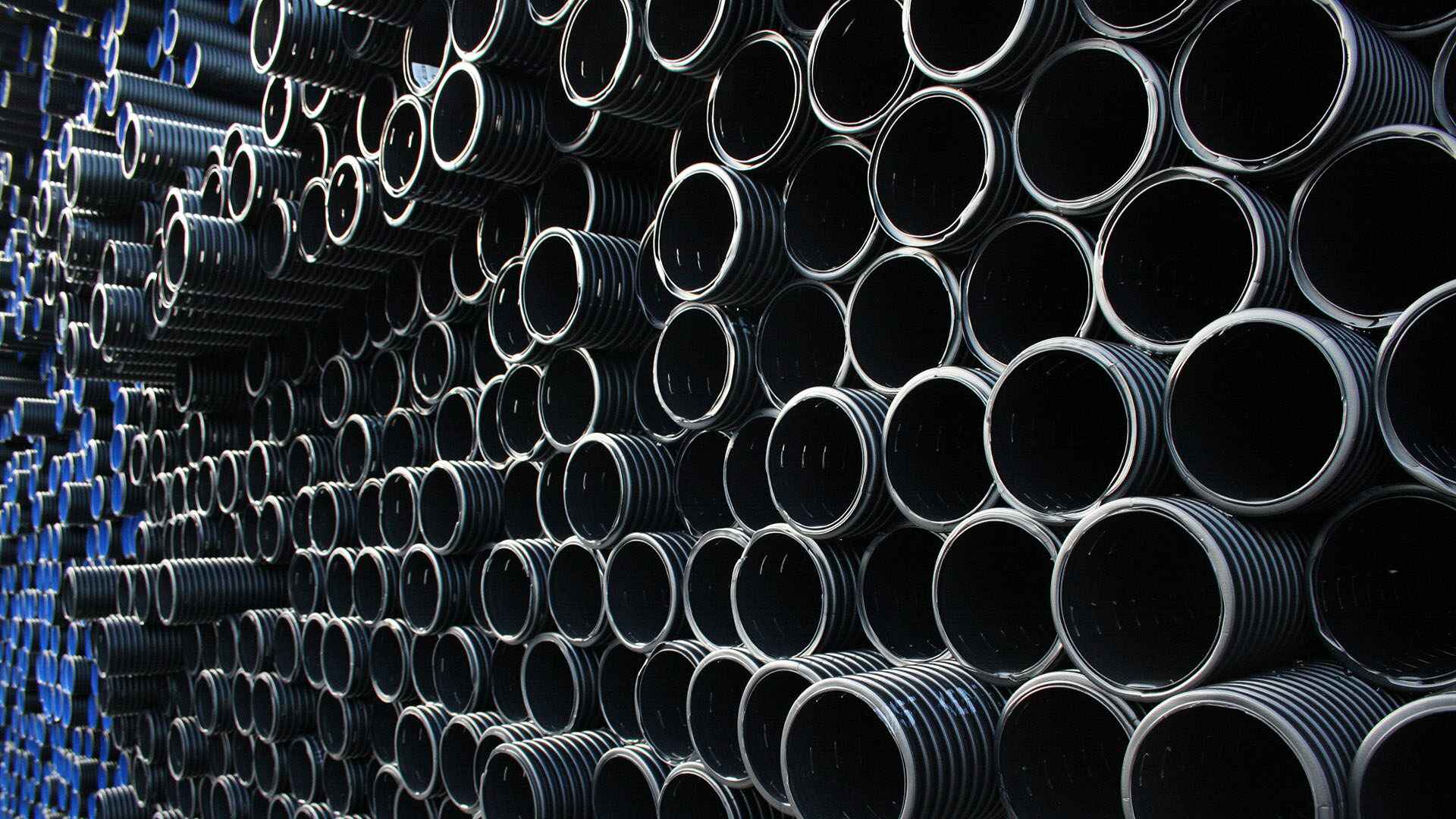
In recent decades, plastic piping systems have gained significant popularity across plumbing, infrastructure, and industrial applications. Replacing traditional iron and steel pipes, these systems deliver a host of benefits – from easier installation and minimal maintenance to exceptional longevity and corrosion resistance. This article explores the key advantages of plastic piping systems, their comparisons to iron alternatives, and how to choose the right solution for your needs.
Key Benefits of Plastic Pipes Over Iron
Corrosion Resistance in types of plastic pipes
Unlike metal pipes, plastic systems are naturally resistant to corrosion. They perform well in harsh soil, water, and chemical conditions — reducing failure rates and ensuring clean transport of water and chemicals.
Lightweight and Easy to Install
Plastic pipes are significantly lighter than iron, which means easier transportation, reduced labor costs, and faster installation. This benefit applies to everything from home plumbing to major construction projects.
Excellent Chemical Resistance
Plastic piping handles corrosive substances like acids, alkalis, and solvents much better than iron. This makes them ideal for industrial and agricultural use where chemical exposure is high.
Flexibility and Adaptability of plastic piping systems
Plastic pipes can bend around obstacles, reducing the need for complex fittings. This flexibility also helps withstand ground movements like settling soil or minor seismic activity.
Cost-Effectiveness
They offer lower material and installation costs. And thanks to their durability, long-term maintenance costs are also lower — making plastic pipes a smarter investment.
Non-Conductive
Plastic is a natural electrical insulator, which improves safety in areas with nearby electrical systems and eliminates the need for grounding required by metal pipes.
Applications of Plastic Piping Systems
- Residential and commercial water supply systems
- Municipal drainage and sewer networks
- Natural gas distribution
- Industrial chemical transfer
- Agricultural irrigation systems
- Telecommunications and conduit protection
Comparison Table: Plastic Pipes vs Iron Pipes
| Characteristics | Plastic Pipes | Iron Pipes |
|---|---|---|
| Resistance to Corrosion | Excellent: resistant to rust and chemical corrosion | Poor: Susceptible to Rust and Corrosion |
| Life Span | High–long life, damage-resistant | Moderate: Tends to Rust and Leak in Due Course |
| Weight | Light Weight - Easy to Handle and Install | Heavy: requires more labor and equipment to handle |
| Installation | Easy – flexible, requires less labor and equipment | Difficult: rigid, requires more labor and specialized equipment |
| Cost | Generally less expensive initially and throughout its lifetime | More expensive initially and possibly throughout its lifetime due to maintenance |
| Environmental Effects | Manufacturing has environmental effects; some plastics are recyclable | Manufacturing is energy-intensive and recyclable, but often involves more complicated processes |
Conclusion
Plastic piping systems are increasingly becoming the smart, sustainable choice in construction and infrastructure. Their durability, chemical resistance, low cost, and ease of installation make them ideal for long-term performance. With modern innovations and the shift toward sustainable infrastructure, plastic pipes are clearly paving the future.
According to the Plastic Pipe Institute, plastic piping systems outperform traditional materials in lifecycle cost and environmental impact.
Want help choosing the right plastic piping system?
Contact our experts today.


